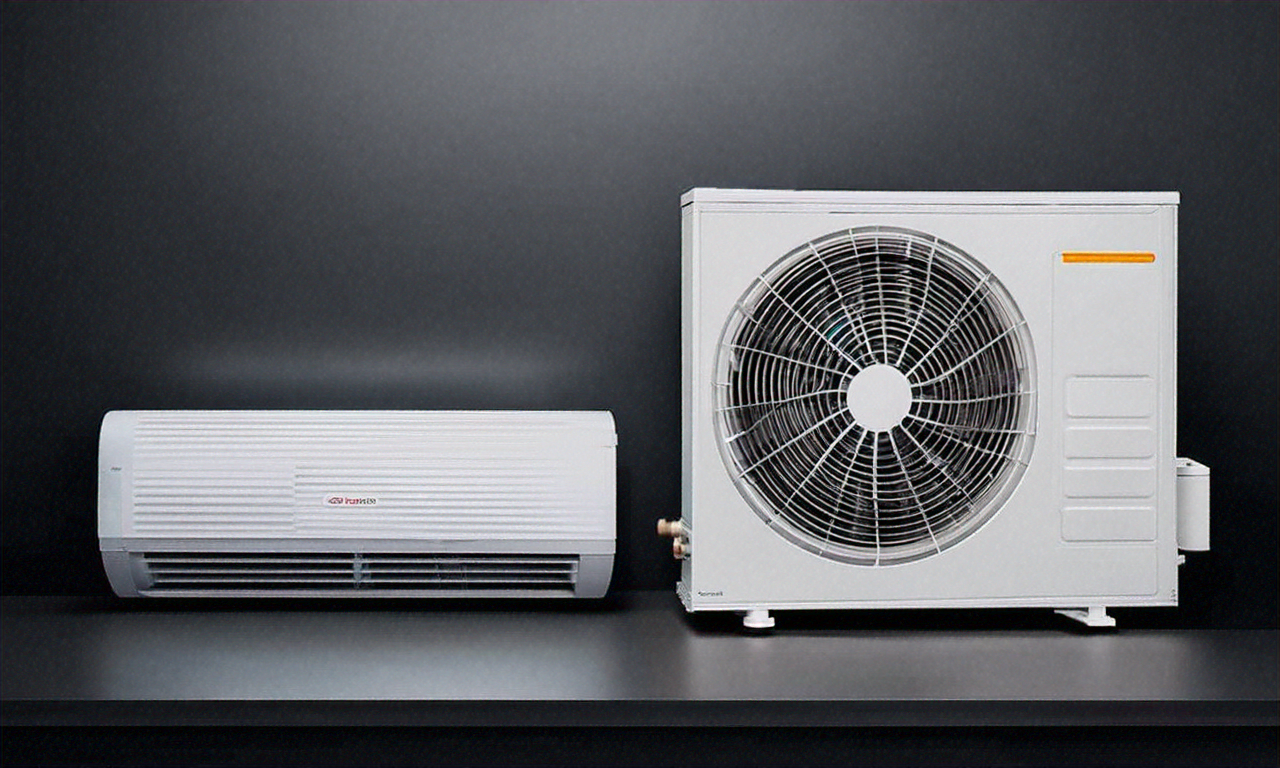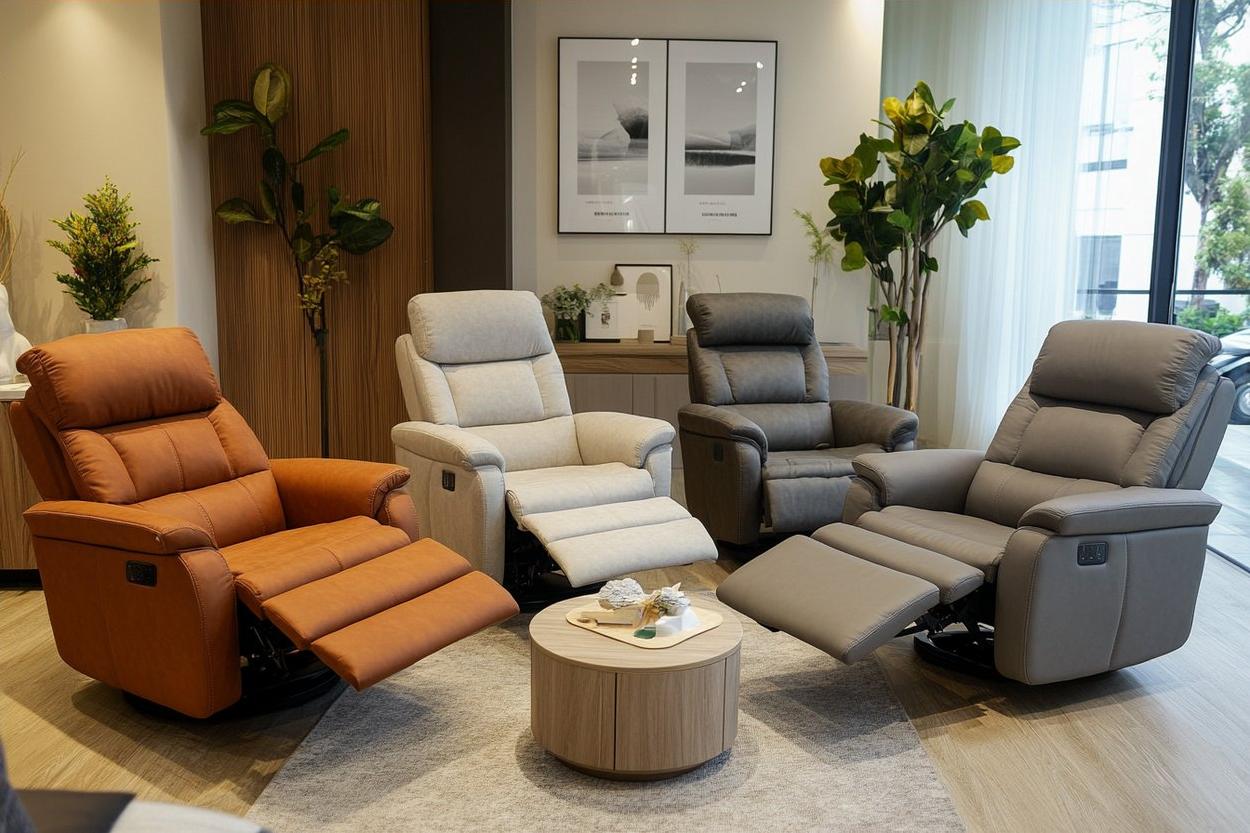The Hidden Truth About Air Conditioner Prices — How to Cut Costs and Save Energy
When summer temperatures soar, air conditioners become essential for comfort, but their costs can quickly add up—both in upfront investment and long-term energy consumption. Understanding the hidden factors that influence air conditioner pricing and efficiency can save homeowners significant money while maintaining optimal cooling performance. From energy-efficient models to proper installation techniques, several key elements determine whether your cooling system will be an economic burden or a smart investment.

The decision to purchase an air conditioner involves more than just comparing price tags. While the initial cost is certainly important, the true expense of an air conditioning system extends far beyond the purchase price. Energy consumption, installation quality, maintenance requirements, and system longevity all play crucial roles in determining the actual cost of ownership over time. By understanding these factors, consumers can make informed decisions that balance upfront affordability with long-term savings.
Which AC Models Combine Low Electricity Use With Real Cooling Power?
Energy efficiency has become a primary consideration for air conditioner manufacturers and consumers alike. Modern inverter technology has revolutionized how air conditioners operate by allowing the compressor to run at variable speeds rather than simply turning on and off. This advancement enables the system to maintain consistent temperatures while consuming significantly less electricity—often 30-50% less than conventional models.
When evaluating energy efficiency, the Seasonal Energy Efficiency Ratio (SEER) rating provides valuable insight. Higher SEER ratings indicate greater efficiency, with today’s most efficient models reaching SEER 20 or higher. While these units typically cost more upfront, they can recover this premium through reduced electricity bills within just a few years of operation. For example, upgrading from a SEER 10 unit to a SEER 16 model can reduce cooling costs by approximately 40% in many households.
Mini-split (ductless) systems offer another energy-efficient option, especially for homes without existing ductwork. These systems avoid the energy losses associated with ductwork, which can account for up to 30% of energy consumption in traditional central air systems. Additionally, their zoning capabilities allow users to cool only occupied rooms, further reducing unnecessary energy usage.
Why Installation Quality Matters More Than You Think For Efficiency
Even the most energy-efficient air conditioner will perform poorly if improperly installed. Professional installation ensures that the system is correctly sized, properly sealed, and optimally configured—factors that significantly impact both performance and operating costs. An oversized unit will cycle on and off frequently, reducing efficiency and comfort while increasing wear and tear. Conversely, an undersized system will run constantly yet struggle to maintain comfortable temperatures.
Proper ductwork design and installation are equally critical for central air systems. Leaky or poorly insulated ducts can waste 20-30% of the energy used for cooling. Professional installers should perform a thorough assessment of existing ductwork, sealing leaks and adding insulation where necessary to maximize system efficiency.
Beyond sizing and ductwork, proper refrigerant charging also impacts efficiency. Systems with incorrect refrigerant levels can experience up to 20% reduced efficiency and increased wear on components. Professional installation typically includes verification of proper refrigerant levels and system pressure, ensuring optimal performance from day one.
How To Spot The Best Value-For-Money Deals Before Summer Hits
Timing your air conditioner purchase strategically can yield substantial savings. The off-season months—typically late fall through early spring—often feature lower prices as manufacturers and retailers clear inventory. Many companies offer pre-season promotions in early spring before peak demand drives prices up. These promotions may include not only discounted equipment but also installation specials or extended warranties.
When evaluating offers, look beyond the advertised price to understand what’s included. Some seemingly attractive deals may exclude essential components like installation, proper sizing assessments, or necessary modifications to existing systems. A comprehensive quote should include all aspects of the installation, from removal of old equipment to any electrical or ductwork modifications required.
Manufacturer rebates and utility incentives can significantly reduce your net cost. Many electric utilities offer rebates for energy-efficient models, sometimes ranging from $100 to $500 or more depending on the efficiency rating. Additionally, federal tax credits periodically become available for highly efficient systems, potentially saving hundreds more. Research these incentives before purchasing, as they can substantially impact the comparative value of different options.
Real-World Air Conditioner Cost and Efficiency Comparison
Understanding the relationship between upfront costs and long-term savings requires comparing actual models across different efficiency levels and features. The following table provides a comparison of common air conditioner types and their associated costs and benefits:
| AC Type | Average Unit Cost | Installation Cost | Annual Energy Cost | Lifespan | Total 10-Year Cost |
|---|---|---|---|---|---|
| Window Unit (8,000 BTU) | $150-$500 | $0-$150 | $70-$150 | 5-7 years | $850-$2,150 |
| Portable AC (10,000 BTU) | $300-$700 | $0 | $80-$180 | 5-8 years | $1,100-$2,500 |
| Split System (SEER 14) | $1,500-$3,500 | $1,000-$3,000 | $300-$500 | 12-15 years | $5,500-$11,500 |
| Split System (SEER 18+) | $3,000-$5,000 | $1,200-$3,200 | $180-$350 | 15-20 years | $6,000-$11,700 |
| Ductless Mini-Split | $1,500-$2,500 per zone | $1,000-$2,000 | $150-$400 | 15-20 years | $4,000-$8,500 |
Prices, rates, or cost estimates mentioned in this article are based on the latest available information but may change over time. Independent research is advised before making financial decisions.
This comparison reveals that while higher-efficiency units require larger upfront investments, their lower operating costs and longer lifespans often make them more economical over time. For instance, a high-efficiency SEER 18+ system may cost $1,500 more initially than a standard SEER 14 unit, but can save approximately $150 annually on energy costs while typically lasting several years longer.
Maintenance Strategies That Extend Lifespan And Preserve Efficiency
Regular maintenance significantly impacts both the lifespan and efficiency of air conditioning systems. Simple tasks like replacing or cleaning air filters every 1-3 months can improve efficiency by 5-15%. Clogged filters restrict airflow, forcing the system to work harder and consume more energy.
Annual professional maintenance—ideally performed before the cooling season begins—helps identify and address potential issues before they cause system failure or efficiency loss. These check-ups typically include cleaning coils, checking refrigerant levels, inspecting electrical connections, and verifying proper operation of all components. Many HVAC companies offer maintenance plans that provide priority service and discounted repairs in addition to regular tune-ups.
Smart thermostats represent another cost-saving opportunity, allowing precise temperature control and scheduling. Advanced models learn household patterns and adjust cooling accordingly, potentially reducing energy consumption by 10-15%. Some utilities offer rebates specifically for smart thermostat installation, further enhancing their value proposition.
Proper air conditioner maintenance not only reduces energy consumption but also extends equipment life. A well-maintained system typically lasts 15-20 years, compared to 10-12 years for neglected equipment. This difference alone can save thousands in replacement costs over time.
The hidden truth about air conditioner prices extends far beyond the initial purchase. By selecting energy-efficient models, ensuring proper installation, timing purchases strategically, and maintaining systems diligently, consumers can significantly reduce lifetime cooling costs. While higher-efficiency units and professional installation require larger upfront investments, these choices typically yield substantial long-term savings through reduced energy consumption, fewer repairs, and extended system life. Understanding these factors enables homeowners to make cooling decisions that balance immediate budget constraints with long-term financial and environmental benefits.




